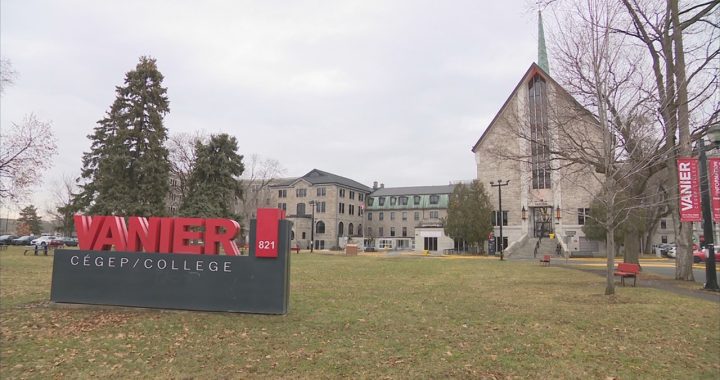Warning: This story contains distressing details about residential school and could be triggering for some.
The chair of a working group for children who died at former residential school in Yukon says it will begin searching the site this summer.
The search will be the first to take place in Yukon and the northern territories.
“What it means is that we will finally get some answers to questions that we’ve had in our families,” said Adeline Webber, chair of the Yukon Residential Schools Missing Children Working Group which is leading the work.
“It’ll help to bring some closure to some people. It will uncover some of the information that has not been shared with anybody.”
The search will focus on the site of the former Chooutla Indian Residential School in the community of Carcross, 70 km south of Whitehorse.
According to the National Centre for Truth and Reconciliation Commission (NCTR), at least 20 students died there during its operation from 1911 to 1969.
One of those students was Webber’s older brother Albert Jackson.
“In one of my first meetings I was given a list of students and I went through that and there was my brother’s name,” Webber, a survivor herself, told reporters at a news conference in Whitehorse.
“That was the first time I knew when he died.”

Residential schools were a government-funded system to assimilate First Nations, Inuit and Métis children that started in the 1800s. An estimated 150,000 children were taken from their families and forced to attend them. According to the TRC, 4,000 children died of various diseases and malnutrition.
This summer’s search will use geophysical methods like ground penetrating radar to locate possible remains.
The group has hired an archival research firm to examine records from schools, churches and medical and government institutions in order to piece together more information on the students who died and where they might be buried.
The group also plans to conduct survivor and family interviews in hopes it may lead to locating grave sites.
Webber said collecting information has been difficult as the school failed to keep adequate records.
She said preliminary research includes trying to develop a list of students who attended residential school, though “documentation is terrible.”
She noted information from records is often missing, such as the community where a child came from.
Webber said another 22 students are known to have died at residential schools in the territory, though 13 of those children remain unidentified.
Read More:
Legislation needed to protect private land that may have possible school gravesites: Murray
Tk’emlúps te Secwépemc Nation gathers to mark detection of unmarked graves
While the group has a commitment for funding until 2025, Webber believes its work will span past that.
The group plans to expand its work to other schools and residences in communities like Whitehorse and Dawson City in the coming years. Webber said it expects the number of missing children to increase as its work continues.
Webber said the group acknowledges the sensitivity surrounding the missing children and will be offering support to those who need it.
Webber is hopeful the group’s work will help find answers for families who have been looking for answers for decades.
“It means a lot to the people that this work is being undertaken.”










